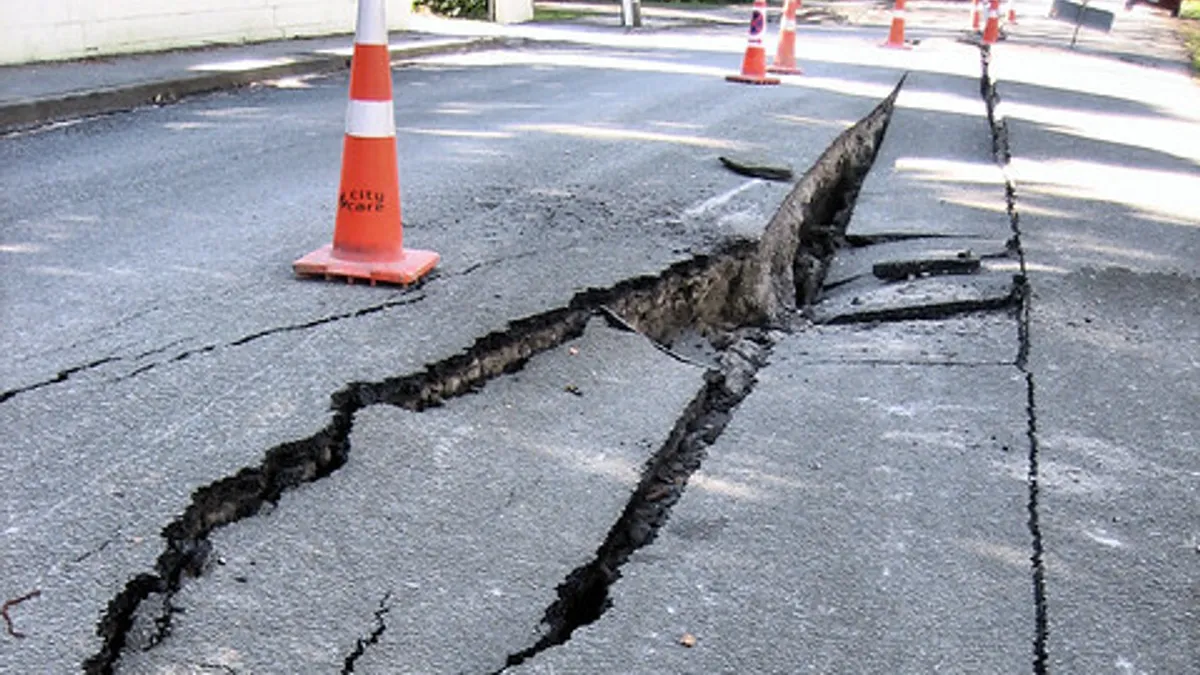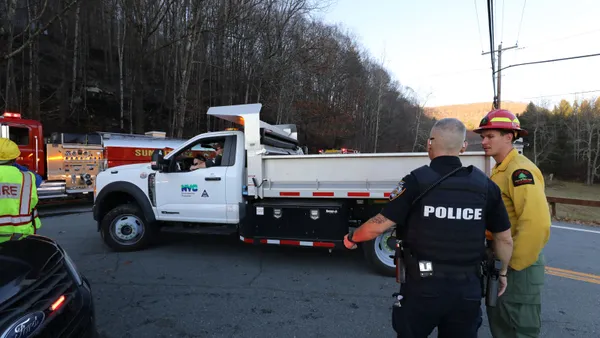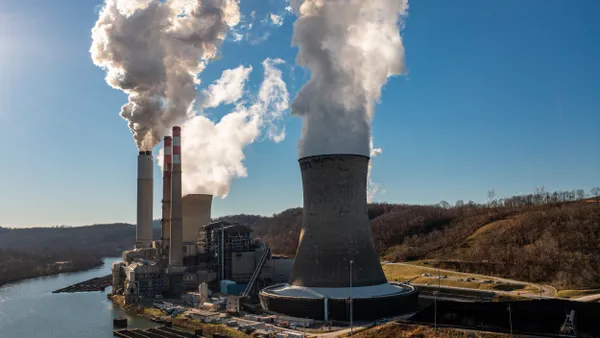Dive Brief:
- The state of California has launched the nation's first statewide earthquake warning system, which will notify residents via smartphone before an earthquake hits. The California Earthquake Early Warning System will give people valuable seconds to prepare for an incident.
- The system relies on thousands of ground motion sensors, which detect underground motion before humans can detect it, and sends warning through the ShakeAlert program developed by the U.S. Geological Survey (USGS). Initially, people will get warnings for earthquakes larger than magnitude 4.5 in their geographic area.
- According to the state government, people will get up to 20 seconds of warning, but the amount of advance notice will vary based on distance from the epicenter of the earthquake. For severe earthquakes, the state will use emergency broadcast systems to send a warning to every cell phone in the state.
Dive Insight:
The warning system is a key part of California's resiliency agenda as it prepares for the "Big One," a high-magnitude earthquake on the San Andreas fault that could cause widespread devastation. The agenda also included new building codes to retrofit existing buildings and a transit warning system in San Francisco.
The warning app is mirrored off ones used in countries like Mexico and Japan, and was designed by seismologists and engineers from the University of California, Berkeley. Officials from California's Office of Emergency Services, USGS, the California Institute of Technology also contributed to the years-long research and planning project. At a press conference, Gov. Gavin Newsom said the state has already spent $46 million on the warning system and will continue to expand the sensor network, according to StateScoop.
The 2019 budget includes $16.3 million to complete the system, including adding GPS stations to the network and launching an education campaign.
Still, it is likely that there will be growing pains with the warning system as the public grows used to it and the sensor network is refined. A similar app released by the City of Los Angeles at the beginning of the year was criticized for not warning residents of a 6.4-magnitude earthquake in July (the shaking was not severe enough to trigger warnings in the app). In response, Los Angeles said the thresholds for the ShakeAlertLA app would be lowered to better warn citizens.










